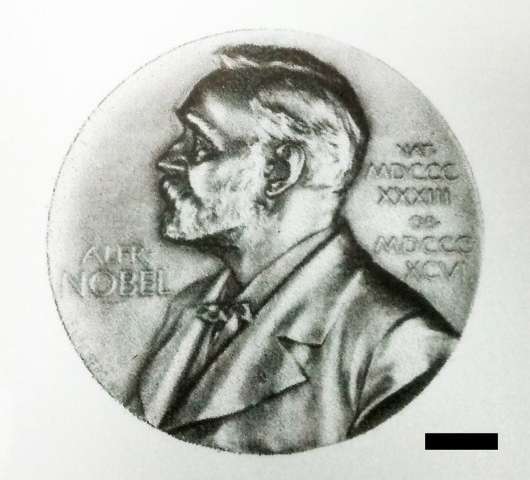A team of researchers working at the University of Manchester recently developed a completely new production method with water-based, inkjet printable 2-D material inks. These will play a vital role in bringing 2-D crystal heterostructures in the outside world from the lab. The best examples of this include some efficient light detectors and other devices that can store information encrypted in binary codes that were recently showed in association with the University of Pisa.Graphene happens to be one of the first 2-D material in the world which is almost 200 times stronger as compared with steel, flexible, lightweight, and much more conductive against copper. Since, graphene has been isolated since 2004, the two dimensional materials family has expanded its horizons.
With the help of 2-D materials and graphene, the scientists were able to layer such materials. It resembled a lot to bricks stacks in Lego in a chosen and precise sequence called “heterostructure” in formation of devices that are customized for a particular purpose. The team was led by Professor Cinzia Casiraghi came up with a production method for water-based 2-D material ink for inkjet. These can be used further in fabrication of a large range of heterostructures by exploiting the flexibility of this design that comes from the simplicity of a technique like inkjet printing. Prof. Cinzia Casiraghi says, “Due to the simplicity, flexibility and low cost of device fabrication, we envisage this technology to find potential in smart packaging applications, for example for pharmaceuticals and consumer goods. We are also very excited about the possibility of implementing logic circuits made of 2-D materials – indeed, we are further developing these type of devices with our colleagues in Pisa.”

A PhD student, Daryl McManus, further adds, “”These inks provide a perfect platform to fully exploit the range of properties of 2-D materials by allowing for the first time a precise and scalable method for fabrication of devices of arbitrary complexity utilizing 2-D materials”
Filed Under: News


Questions related to this article?
👉Ask and discuss on EDAboard.com and Electro-Tech-Online.com forums.
Tell Us What You Think!!
You must be logged in to post a comment.